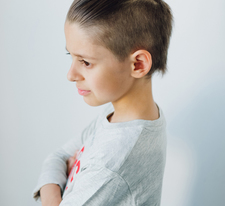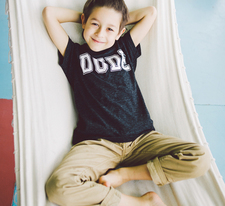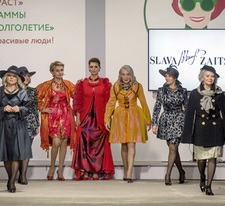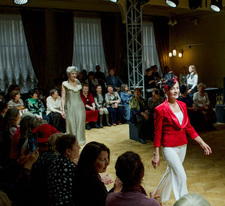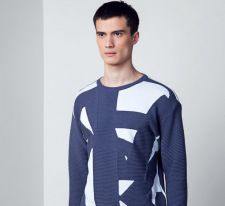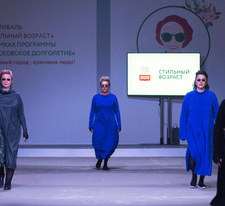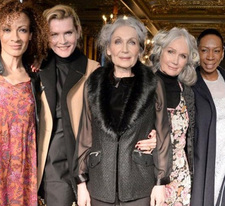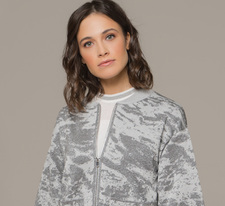Difficult age
FASHION BAZAAR
The pre-teen assortment is called "sadness and longing" of Russian retail: there is nothing between "pink dresses with unicorns" for "my princess" and shoes of size 39 for a fourteen-year-old girl. "Convenience and functionality are in the normcore trend today. – says Natalia Chinenova. – Fewer and fewer teenagers are paying attention to "beauty", and more and more children are trying to imitate idols from VK or Instagram. The most "hype" variant – image of a person who just went out for a walk. Little princessesgrow up in «T-shirt-jeans-sneakers»-girls who have other interests, other values ».
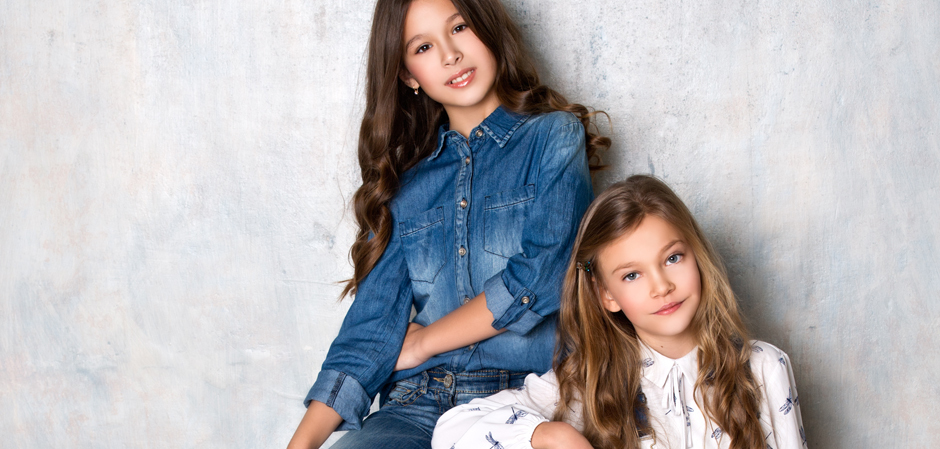
Evgenia Klimkova, PR director of the brands Pablosky, Superfit, Imac, Legero, agrees: "the pre-growth factor" exists in the Russian market. "This is due to a psychological reason: teenagers do not want to shop in children's stores," the expert explains. – They consider themselves already mature, grown-up and move into the molodge segment. The children's segment has been actively developing in the last 4–5 years. This is especially noticeable in niche categories ("average plus" and above)».
JLL supports: many brands in Russia today have changed their collections to match the morphology of the "pre-teens", and offer them many alternative styles that can be combined in accordance with the "mood of the day". For example, Inditex has Bershka, Pull&Bear, TRF by Zara. The company is convinced: the opinion that there are no stores for "pre-teens" rather comes from parents: it is difficult for them to adapt to the new age of children and understand what is really necessary and suitable for a child during a period when development is very fast. After all, the parents themselves did not have such a choice when they were at the same age.
THEY DIDN'T KNOCK FROM THE BOTTOM
According to CBRE, amid the crisis, Mamas&Papas left the Russian market, several Hamley’s stores were closed, from local players –«Children». At the same time, on the whole, Russian operators are actively developing: "Daughters and Sons" have announced a complete reconstruction, they are opening new stores both in Moscow and in the regions, "Stilnyashki", "Gulliver", Button Blue, Silver Spoon, "laquo;Kapika» etc. Of the most high-profile exits to the market, the company is called "Disney".

"Today, the top three leaders include such large specialized networks as "Detsky Mir", "Daughters-Sons" and "Korab", working in the budget segment," notes Natalia Chinenova. – In 2017, the chain of stores «Detsky Mir» grew by more than 100 new outlets ».
Maryam Shanshaeva supports: the competition is getting tougher, pressure from federal networks is growing. "One of the secrets of success is to find a free niche that is not interesting to network retailers. A good example of such a niche is just pre-adolescent clothing, which we are talking about today. It is difficult for networks to expand their production in this direction, which a Russian manufacturer can take advantage of.
According to GFK RUS, 92% of mothers with children actively use the Internet. In the coming years, the main task of the players in the children's clothing market will be precisely solving the question of how to find the best way to "digital" parents and "digital" purchase, despite the fact that today the share of online sales of children's clothing in the total share of sales of children's goods does not exceed 12%. Almost all Russian and foreign players in the children's clothing and footwear market are already represented on social networks. «But the same three are leading there: «Children's World» – over 800 thousand subscribers, «Daughters and Sons» – almost 800 thousand, «Ship» – over 500 thousand, – Natalia Chinenova reports. – There is also DNK-kids – a company from Rostov, which works only through social networks».
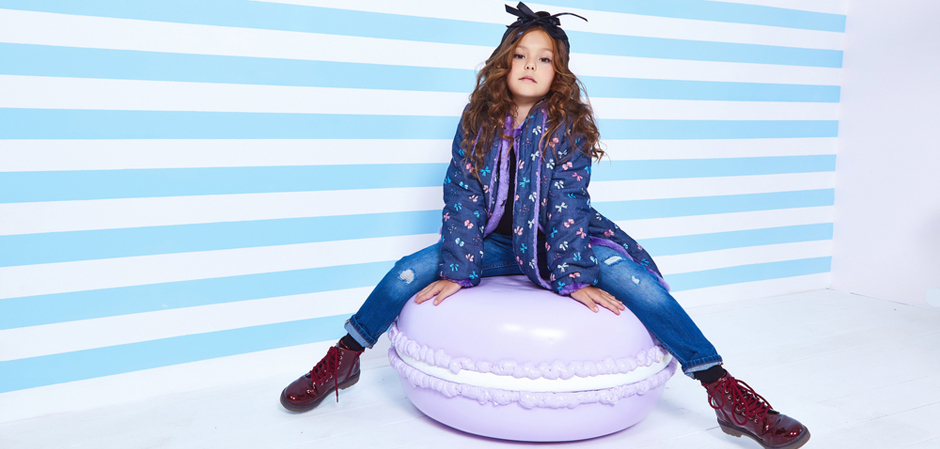
Children and teenagers are happy to play ¶dise and other new technologies like virtual fitting rooms, mirrors and 3D printers of clothing. But the most moare netizable, according to Natalia Chinenova, it is virtual fitting rooms, since children aged 10-12 years are fluent in various gadgets and already today they post their painted portraits and transformed photos on social networks.
Many parents get their first bank cards for children as early as 9-12 years old and transfer small amounts there, sufficient to buy a jumper or jeans in a conditional Uniqlo. However, brands do not yet see the point of attracting, for such an audience, for example, their own sellers. "The fact is that separate consultations and help in the store, as a rule, it is teenagers who are not required, they have already studied everything and chosen on Instagram / on the site and come to try on or buy a specific thing," believes Alexandra Chirkayeva.

"In our opinion, the problem of the range under discussion is that teenagers are not ready to dress up in children's stores, and youchoose such a narrow specialization for the opening of individual retail outlets, –says Dmitry Butin, the first Deputy General Director «CHANGE ». "But, having assessed the demand against the background of the growing acceleration of children, in the upcoming season we are expanding the size range in the school uniform collection, adding youth sizes, as well as sizes
for overweight children for some models."
Text: Ekaterina Reutskaya
Photo: shutterstock


